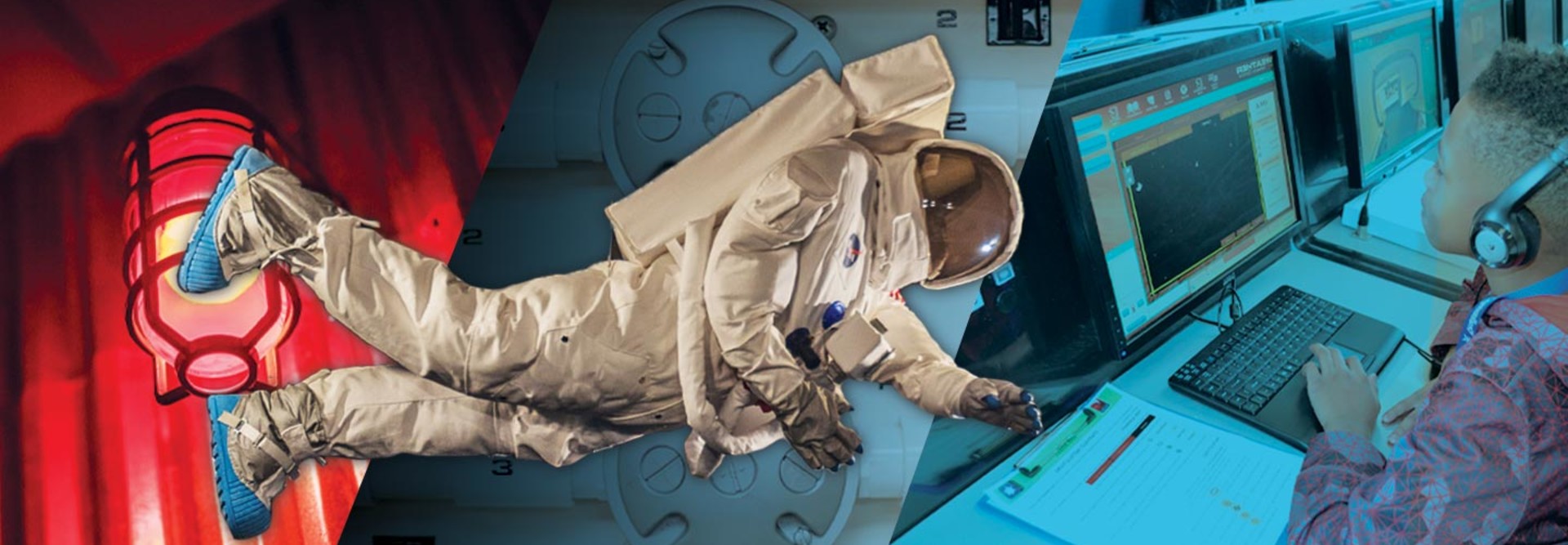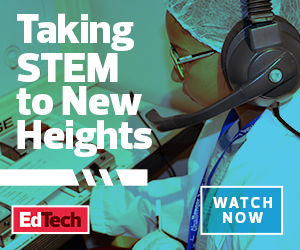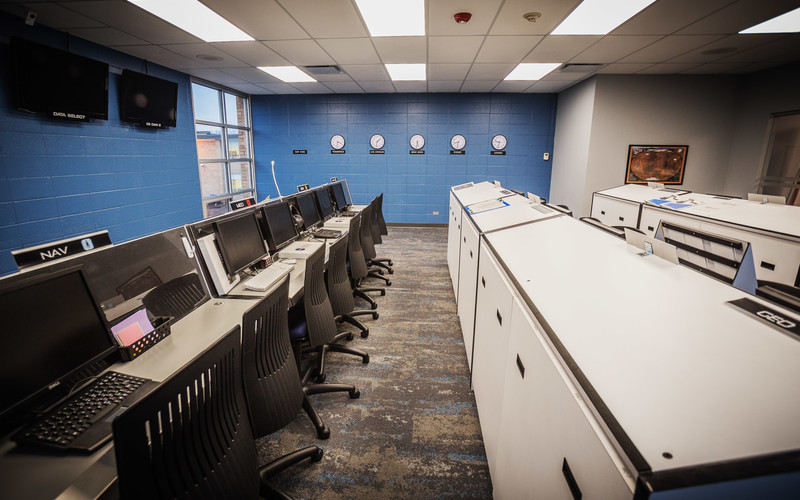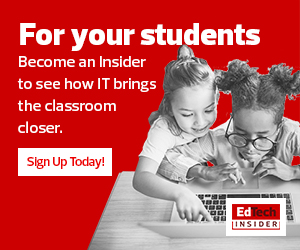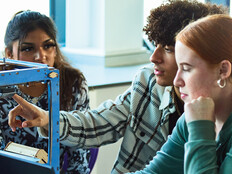Immersive Experiences Link Classrooms to the Real World
The concept of immersive learning isn’t new. Researchers link high-quality immersive experiences to increased learning for students.
Technology — from laptop computers to virtual reality headsets — offers other ways for educators to create immersive experiences, such as virtual reality field trips through Google Expeditions, or more elaborate setups in dedicated spaces, such as the space travel simulations at the Challenger Learning Center.
For example, the nonprofit organization JASON Learning offers videos, articles that can be read aloud in a native speaker’s voice, games and other interactive elements to engage K–12 students in STEM topics ranging from geology to engineering. Its core weather unit, for instance, uses a game to challenge students to view radar maps and data overlays to make storm predictions, teaching concepts such as extreme weather formation and what causes a hurricane to increase in intensity or change path.
“Eventually, they’re in Miami and learn it’s going to be a Category 4 hurricane,” says Sean Smith, CIO and COO of JASON Learning. “At the end of the game, they’re told, ‘Here’s what actually happened’ — because the game is based on real data sets from the National Oceanic and Atmospheric Administration. We do everything we can to connect kids with real science.”
A number of districts use Chromebooks to access JASON Learning’s experiences, Smith says, but the company aims to be device agnostic.
“If they want to use Google Classroom, we’ll set Classroom up to a have a single sign-on,” he says.



